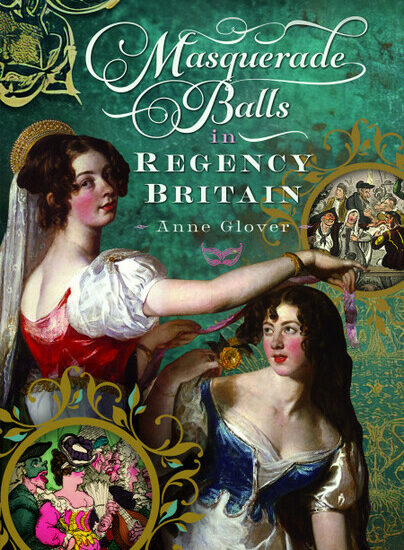Author Guest Post: Louise Wilkinson
Rich or Not?
If we were to assume that those who joined the pre-war Auxiliary Air Force were rich young men, who came from the most socially exclusive echelons of their areas. It might be said that for such men, flying was a form of three-dimensional fox hunting. Indeed much of the scant literature about the AAF suggests that this is the case. These young men, selected for their public school and Oxbridge education were perfect as volunteers as they all shared similar social status and backgrounds.
Most of these young men owned cars, which were very rare within British society due largely to their cost, at a time when most men could expect a yearly wage of around £153 during the 1930s, a new car would cost around £330. Personnel on Royal Air Force stations noted that, one intake of pilots, consisted of Auxiliary officers and like-minded former members of University Air Squadrons. When Peter Dunning-White of 601 Squadron drove up in a Rolls Royce, complete with valet, John McGrath of the same Squadron in an Alvis Speed-Twenty, and even Michael Appleby of 609 in a drop-head Hillman, the rule about no private cars was quietly waived. Moreover, someone else noted never have I seen so many Rolls Royce cars in one spot at the same time.
At the outbreak of war, those pilots serving in 601 (County of London) Squadron AAF were so worried about the prospect of petrol rationing and how it would affect their private transport, an officer was assigned to the task of buying petrol. He came back having bought a service station but announced that the pumps there were only half-full. This situation was remedied when another pilot remembered that he was a director of Shell. His secretary arranged a delivery.
In my book, The Territorial Air Force, published in September 2020, I put forward the research that I have undertaken to show that although this was the common view, put forward in the handful of mentions of the auxiliaries in existing literature, that this was not always the case except for the flying squadrons of the AAF in the early to mid-1930s.
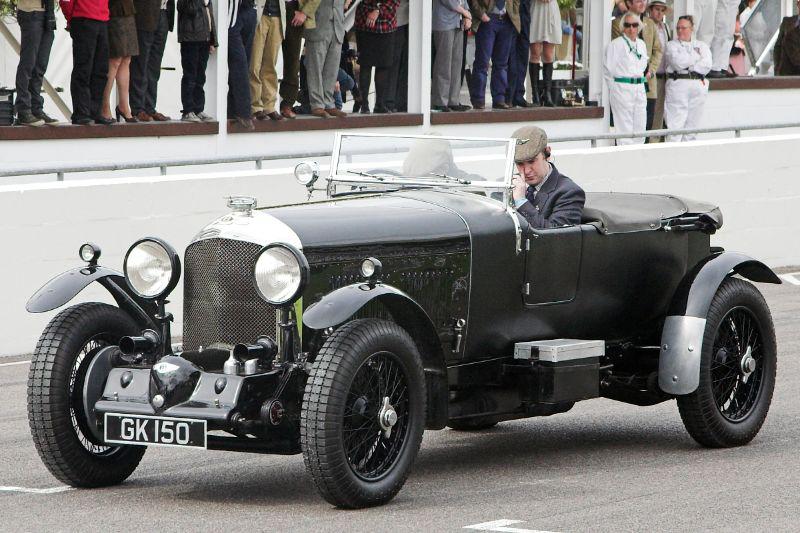
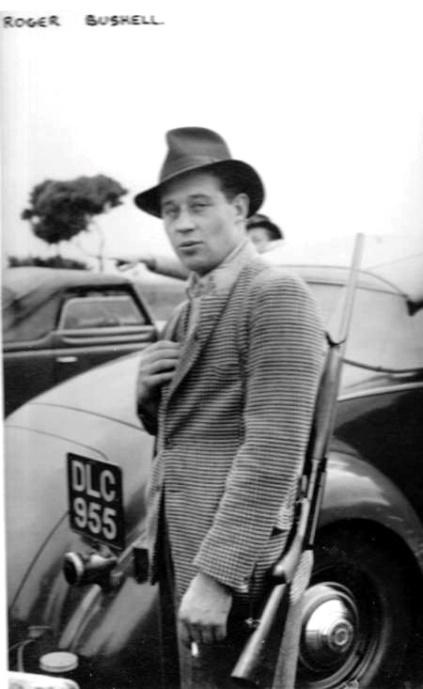
To be an Auxiliary, it was essential to be the right person from the right background. The expense of the Auxiliary lifestyle saw to that if nothing else did. Many of these young pilots were keen athletes, skiers and members of the university rugby, soccer and golf clubs; they also enjoyed elite sport such as motorcar racing, hunting and rowing. For example, Aiden Crawley and Michael Peacock had both been to Winchester and then Oxford University, and shared a passion for skiing and cricket, while Willard Whitney Straight was a millionaire racing driver.
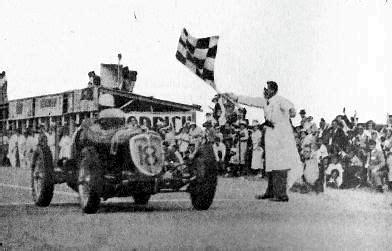
The selection process for potential pilots did not depend on their academic and technological skills, but rather on the public school and university that they had attended as well as other more social factors, indeed the commanding officer of 604 (County of Middlesex) Squadron, Alan Dore pointed out that when selecting, “I gave each applicant marks for his school record in scholarship and athletics; and if he could ride a horse, or drive a car or motorcycle, or sail a boat, or ski or play the piano I gave him more marks.
Max Aitken, when discussing the members of 601 (County of London) Squadron pointed out that “my companions were a pretty wild and high-spirited group many of whom I already knew from skiing – and after-skiing – parties at St Anton. They were the sort of young men who had not quite been expelled from their schools, whom mothers warned their daughters against – in vain – who stayed up far too late at parties. Does that sort of young man still exist? I do not know. But in those days, they were quite common in the 601 Squadron Officers Mess.” In another auxiliary squadron there was always ‘a social test’ in which a prospective officer candidate would be given Sunday lunch, and several glasses of sherry to discover if his parlance was no longer that of a gentleman.
Many anecdotes about the Auxiliary Air Force in the 1930s support the view that these young pilots came from upper class rich social backgrounds, and had attended the best public schools and Oxbridge universities, and this view holds truth across the whole of the country, not just specifically for the London squadrons or the southern squadrons. However, following the technological advances in the development of aeroplanes following the Second World War, social status, backgrounds and sporting prowess no longer remained significant during the selection process for pilots in the post-war Auxiliary Air Force.
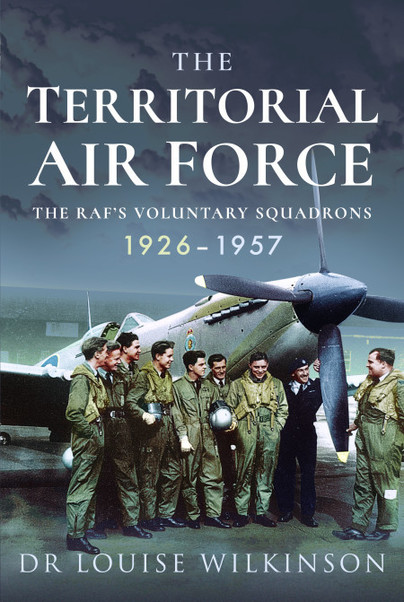
The Territorial Air Force is available to order here.
